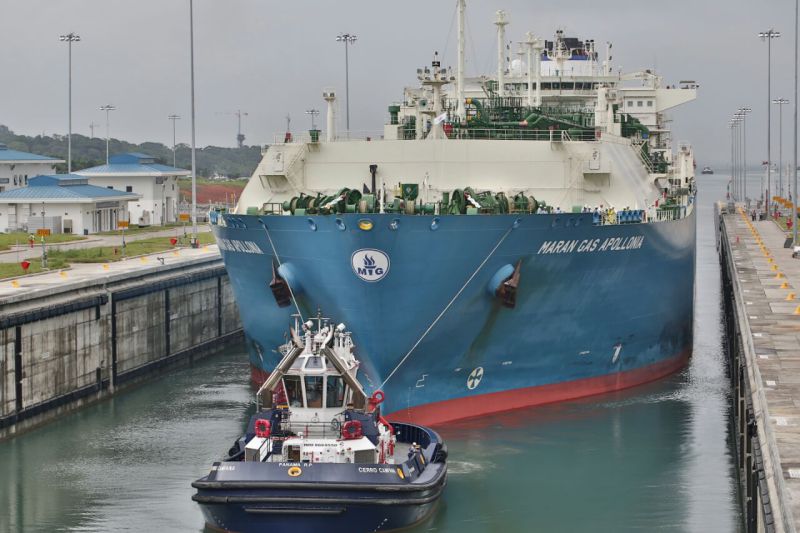The Panama Canal has recorded the third-highest annual tonnage in its 102-year history in 2016 helped by the opening of the new neopanamax locks.
During fiscal year 2016, which went from Oct. 1, 2016 to Sept. 30, 2016, the Panama Canal Authority recorded 330.7 million Panama Canal tons (PC/UMS). During the year a total of 13,114 vessels transited the canal, including 238 neopanamax vessels taking advantage of the newly opened Expansion project, which was inaugurated June 26, 2016. neopanamax vessels accounted for approximately 18.2 million PC/UMS.
“Despite the international shipping downturn this past year, we recorded one of the highest annual tonnage figures since the opening of the original Canal 102 years ago,” said Panama Canal Administrator Jorge L. Quijano. “This latest success reinforces the continued strategic importance of the route and the growing value that recent investments in the Canal will bring to the maritime industry.”
Cana Milestones
The Panama Canal Authority notes a number of milestones reached throughout the year. First and foremost, the opening of the Panama Canal Expansion in June after more than 9 years of construction and several years of delays in the project.
Since its opening, the Panama Canal has seen nine neopanamax liner services deployed through the new locks, primarily on the U.S. East Coast to Asia trade route, according to the Panama Canal Authority (ACP). A tenth neopanamax liner service is expected to follow suit in November.
Performance by Segment
The ACP said that in 2016, the container segment continued to dominate, accounting for more than 36 percent of the total cargo received. In total, containerships contributed 119.6 million PC/UMS, including 13.4 million PC/UMS that passed through the expanded canal.
The second biggest segment by tonnage were bulk carriers (65.6 million PC/UMS), tankers (55.0 million PC/UMS) and vehicle carriers (46.7 million PC/UMS).
Another notable milestone was the introduction of the liquid natural gas segment with the opening of the expanded canal. LNG carriers, which for the first time can now use the waterway, contributed 1.5 million PC/UMS, surpassing the Panama Canal’s initial forecasts. The ACP said the influx was partially due to the emergence of U.S. shale production and the lifting of a 40-year-old crude oil ban, allowing the country to export oil for the first time in decades.
New Tolls
Finally the ACP reported the successful implementation of a new toll structure, which went into effect April 1, 2016. The ACP says the new structure is tailored more towards shippers and their cargo by assigning tolls per the specific type and amount of cargo being transited. The ACP also instituted a new loyalty program for the container segment that allows frequent customers to receive preferred pricing once they have met a particular volume threshold.
“What we accomplished with the opening of the Expanded Panama Canal this past fiscal year was just the beginning of an ambitious plan to strengthen Panama’s position as the logistics hub of the Americas,” said Administrator Quijano. “Our greatest strategic asset is our geographic location at the crossroads of the Americas. We are a link in a chain where reliability is a most valued attribute, and we are committed to continue to enhance it.”
